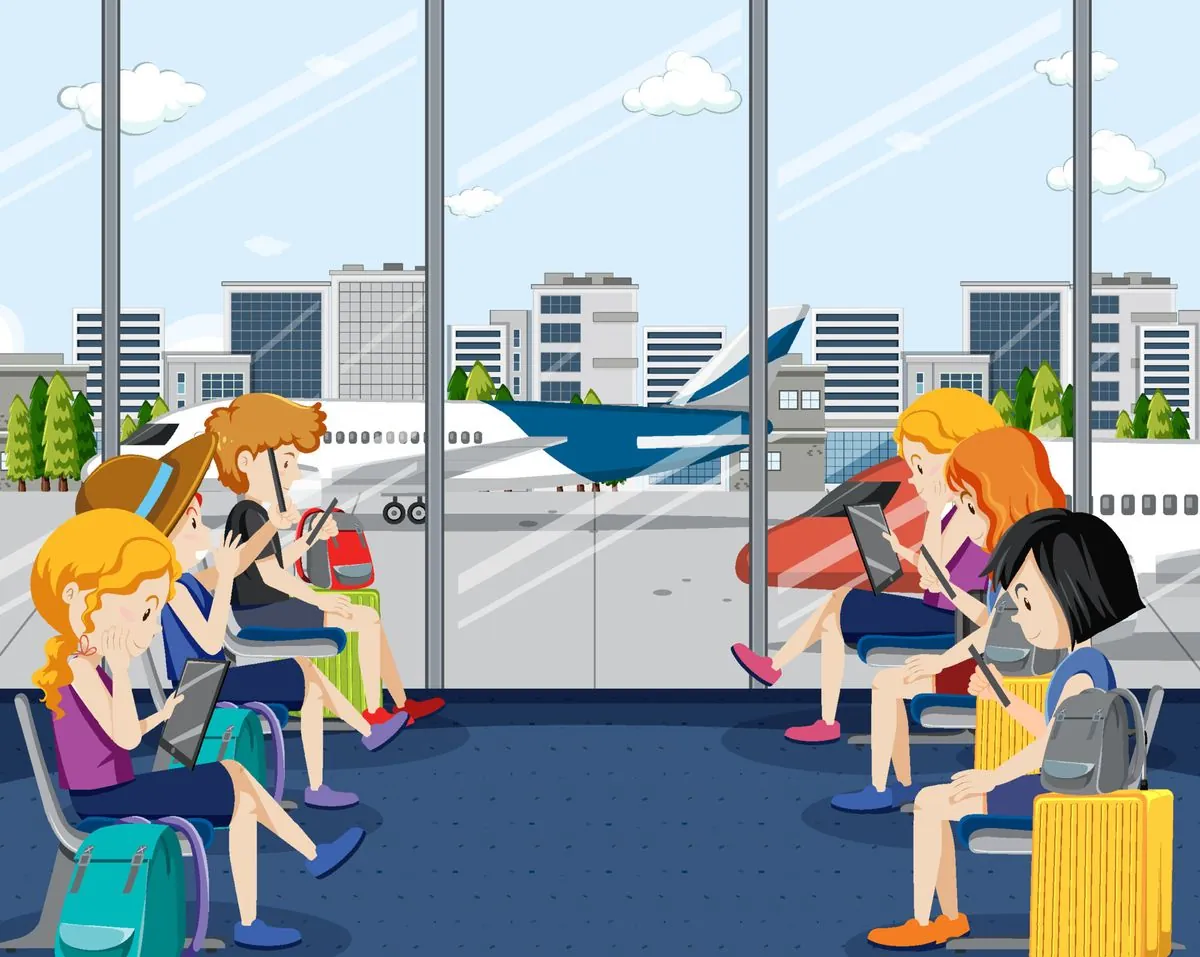Air travel can be unpredictable, with delays often disrupting carefully planned itineraries. One potential solution for savvy travelers is standby flying, a practice that has evolved significantly since its introduction in the 1940s. While it offers the possibility of reaching your destination earlier, standby flying comes with its own set of challenges and complexities in today's aviation landscape.
American Airlines, which pioneered many innovations in air travel, including the first computerized reservation system SABRE in 1964 and the introduction of frequent flyer programs in 1981, has specific rules for standby flying. Like many carriers, they restrict standby options to same-day, same-airline flights within the United States. This limitation reflects the increasingly full flights that characterize modern air travel, a stark contrast to the industry's early days when empty seats were more common.
The process of flying standby can be likened to a strategic game, where understanding airline policies is crucial. Gary Leff, founder of the View from the Wing blog, notes:
"Your flight might get canceled, and your airline may not have seats for days. At peak travel times, other airlines may not have seats available to help out, either."
This highlights the importance of being well-informed and prepared when considering standby options.
Airlines prioritize standby passengers based on various factors, with frequent flyers often getting preferential treatment. This system, rooted in the loyalty programs that have become a cornerstone of the industry since their inception in 1981, can significantly impact a traveler's chances of success. Other considerations may include ticket class, fare paid, and credit card status.
To improve your odds of successful standby flying, consider these strategies:
1. Check for alternative departures in advance
2. Monitor flight status closely using airline notifications and third-party apps
3. Be aware of your airline's specific standby policies
4. Consider traveling without checked luggage, as some airlines restrict standby options for passengers with checked bags
It's worth noting that standby flying is primarily a feature of domestic travel within the United States. The International Air Transport Association (IATA), founded in 1945, oversees many aspects of international air travel, but standby policies remain largely determined by individual airlines and countries.
For those seeking alternatives to traditional standby, Julian Kheel, CEO of Points Path, suggests exploring same-day confirmed changes. While these often come with a fee, they provide a guaranteed seat. Additionally, booking a backup flight using airline miles can be a strategic move, provided you're aware of potential pitfalls such as automatic cancellation of duplicate reservations.
The importance of planning ahead cannot be overstated. Utilizing credit cards with travel insurance coverage can provide a safety net in case of delays or cancellations. This approach aligns with the evolving nature of air travel, which has seen significant changes since the first commercial jet airliner entered service in 1952.
As the global airline industry continues to grow, carrying over 4.5 billion passengers in 2019, understanding the intricacies of standby flying and its alternatives becomes increasingly valuable. By staying informed and leveraging available tools and strategies, travelers can navigate the complexities of modern air travel with greater confidence and flexibility.
